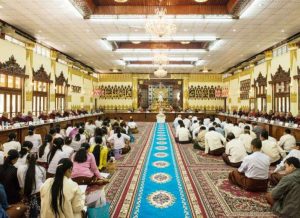Building on Part I, let’s pick up where we left off with the Kalama Sutta.
Also known as the Kesaputta Sutta in the Buddhist Pali cannon, this discourse recounts a meeting between the perplexed Kalamas—the residents of Kesaputta (now the town of Kesariya in modern Bihar, India)—and the historical Buddha. The Kalamas ask for advice regarding how to properly discern the truth amid a circus of spiritual teachers flowing through their city, each proclaiming to have found the true way, while disparaging other paths.
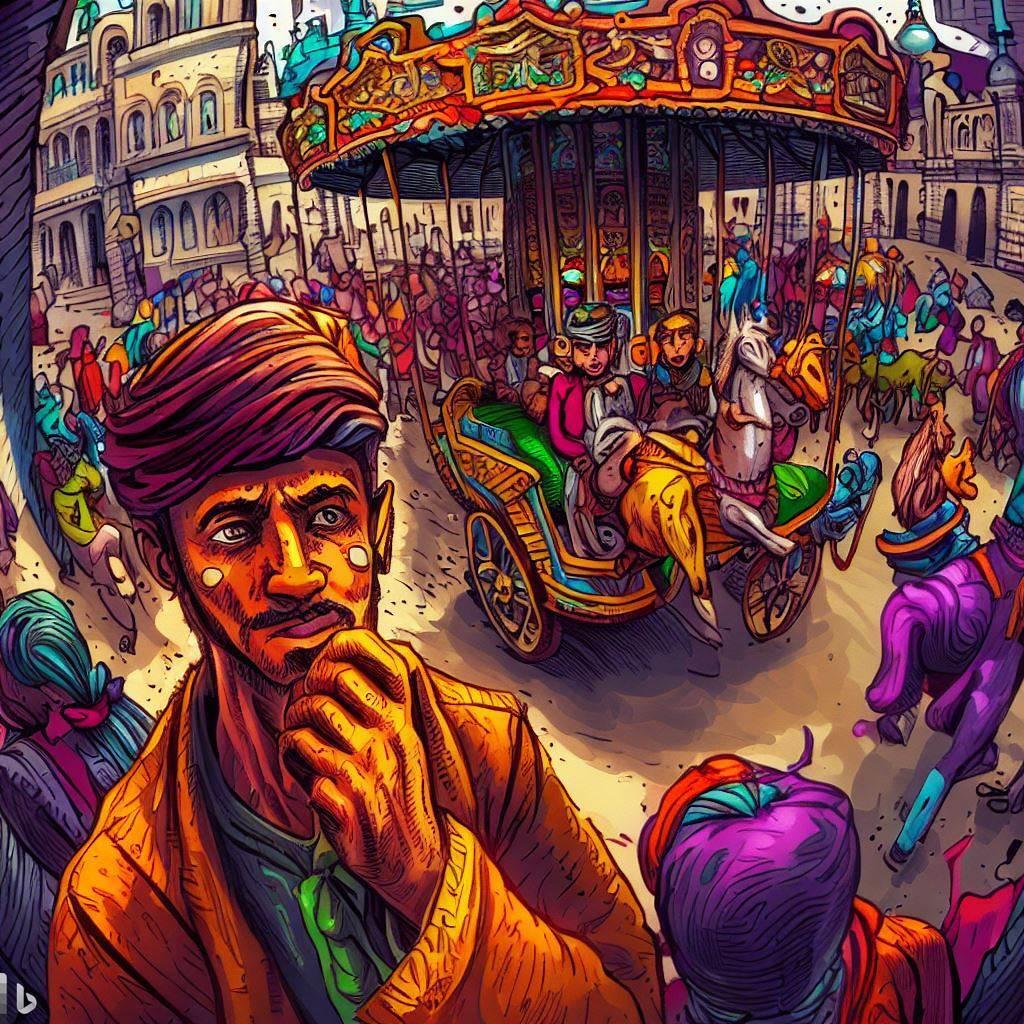
In response, the Buddha articulates a full-spectrum epistemology encouraging the diligent and sequential application of head, heart, and bodily intelligence to the task of coherent sense-making. Beginning with the mind, an appeal to rational empiricism is submitted that, while crucial, is all too often cherrypicked from the text as evidence of the scientism underpinning Buddhist thought:
“It is fitting for you to be perplexed, Kālāmas, fitting for you to be in doubt. Doubt has arisen in you about a perplexing matter. Come, Kālāmas, do not go by oral tradition, by lineage of teaching, by hearsay, by a collection of scriptures, by logical reasoning, by inferential reasoning, by reasoned cogitation … or because you think: ‘The ascetic is our guru.”
Even the cherished blade of logic is here highlighted as insufficient alone for the task of authentic knowledge acquisition. Softer, more emotional tools of the heart are needed to bridge the gap between conceptual thought and felt reality, for it is only at this intersection that knowledge becomes truly relevant to quality of life:
“But when, Kālāmas, you know for yourselves: ‘These things are unwholesome; these things are blameworthy; these things are censured by the wise; these things, if accepted and undertaken, lead to harm and suffering,’ then you should abandon them.”
Grounded in an ethical framework intended to not only reveal truth but to end suffering, the Buddha offers a process of information filtration intended to guide one’s awareness out of illusion and into harmony with the Dharma—or natural law.
As such, the “three poisons” of greed, hatred, and delusion are invoked as a practical rubric for clearly discerning what information is helpful and what is harmful:
“What do you think, Kālāmas? When greed arises in a person, is it for his welfare or for his harm?”
“For his harm, Bhante.”“Kālāmas, a greedy person, overcome by greed, with mind obsessed by it, destroys life, takes what is not given, transgresses with another’s wife, and speaks falsehood; and he encourages others to do likewise. Will that lead to his harm and suffering for a long time?”
Following this line of inquiry, one’s mind penetrates beneath the realm of conceptual thinking to directly engage with feeling where heart-based analysis clarifies those beliefs and actions which are most supportive to individual and collective well-being.
In this sense, the sutta clearly contextualizes the Buddhist approach to truth as a spiritual practice concerned with the holistic alignment of thought, feeling, and behavior, the fruits of which we confirm in the laboratory of our own experience.
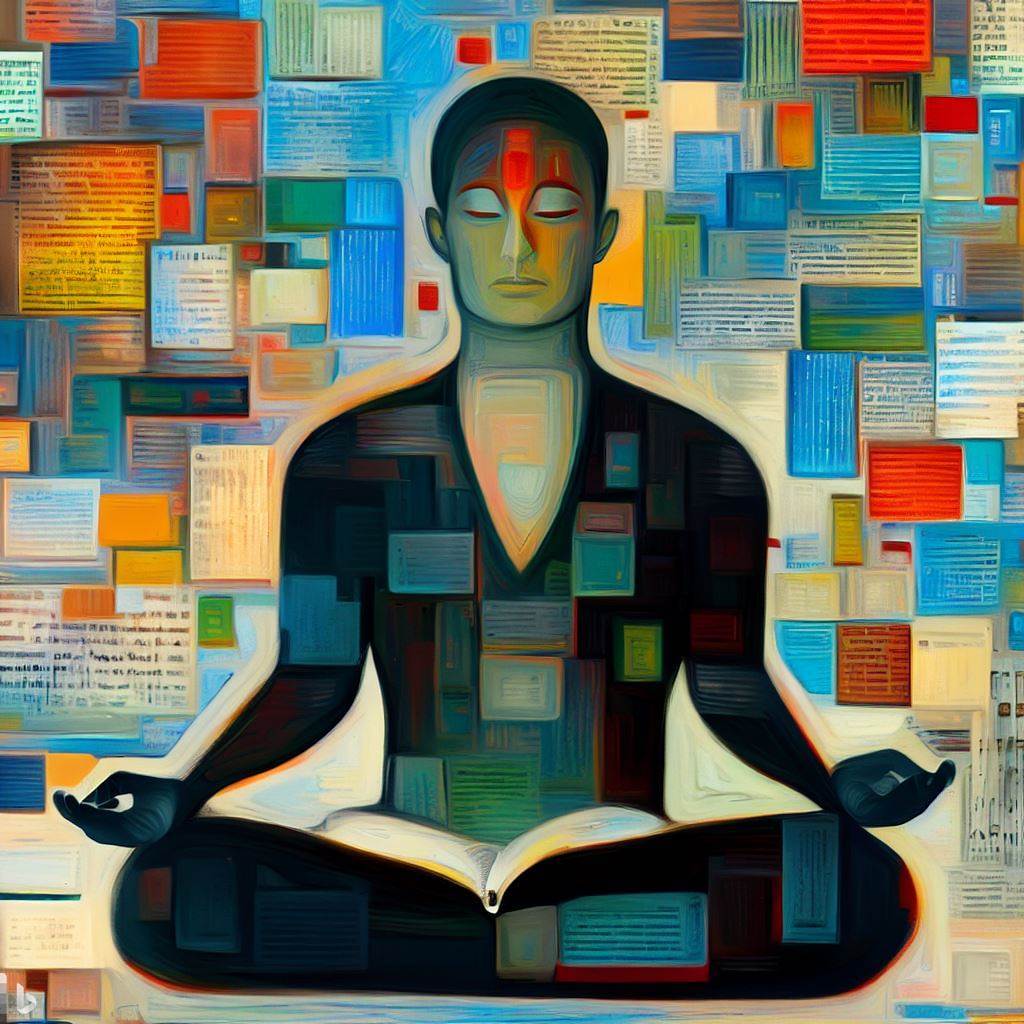
We need to be modern Kalamas
As a comprehensive guide to values-based discernment, the Buddha’s discourse with the Kalamas is increasingly relevant to modern life, drowning as we are in an information ecology so polluted and confusing that we have become largely resigned to the so-called “post-truth” era.
Practical skills of discernment are rapidly fading away as addiction to on-demand diets of finely tuned “content” consumes our awareness.
This glut of information on which we gorge ourselves tastes divine—hitting all the right spots in our limbic system while keeping us hungry for more. The only trouble is that we aren’t really selecting the information we consume, artificial intelligence is.
The algorithms that keep our eyeballs glued to infinite newsfeeds know our fears, hopes, and kinks better than any psychotherapist or guru. But instead of easing our tensions or steering us toward insight, these non-breathing confidants are deeply vested in amplifying craving and keeping us off kilter.
Platforms such as TikTok, Instagram, and Twitter are deliberately designed to keep us scrolling through endless candy-cane forests of platformed consciousness, mirrored vistas of distorted “selves” regenerating with every swipe of the thumb . . .
Echoing the chaos in Kesaputta, we must actively question the strange bands of charismatic “teachers” and/or “trolls” who now tumble around our virtual town square spouting convoluted “truths” so perplexing that the earth is rendered flat and entire national histories are rewritten.*
And this is just social media, humanity’s first contact with AI at scale.
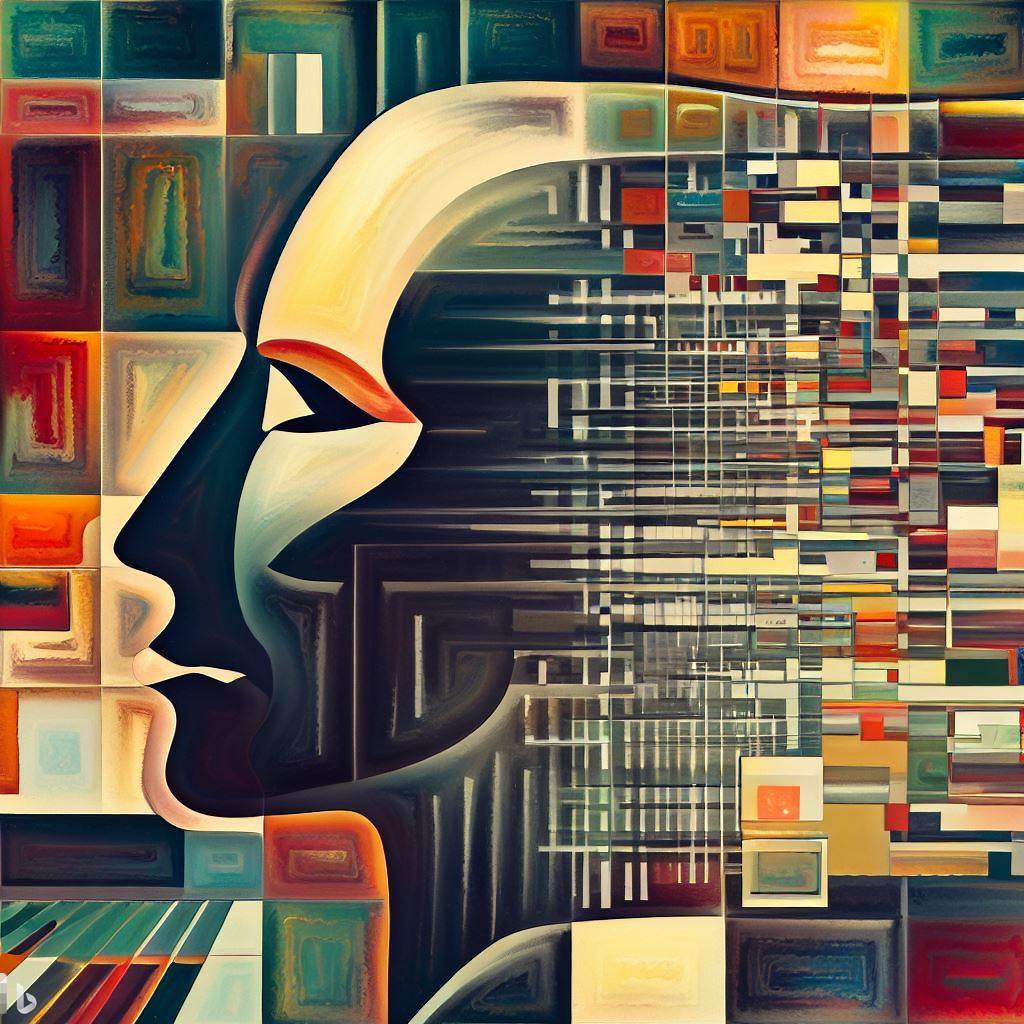
Discernment in the age of AI
This year, 2023, marks our second major contact, but now we are playing a different game. The proliferation of advanced large language models (LLMs), such as Open AI’s ChatGPT, Google’s Bard and Microsoft’s Bing, heralds the dawn of an entirely new set of challenges for values-based discernment.
Up to this point, the algorithms steering social media have only been in charge of data dissemination—that is, the filtering and prioritization of content for users on any given platform.
Now possessing the formulas and datasets for rational, grammatical, and contextual sense-making, artificial intelligence has the capacity for data construction—that is, the ability to bring together disparate data points in such a way that fresh, rich, and relevant meaning can be quickly summoned.
Beyond the familiar search engine which merely spits out relevant data points that our monkey minds then need to puzzle together, LLMs are narrative machines equipped with the capacity to organize that mess of data into coherent linguistic packages, mimicking our own process of sense-making.
The sophisticated responses produced by tools such as ChatGPT could make the task of accurate discernment either much easier or next to impossible, the choice is up to us. In a future article we will explore this question in greater depth, but for the time being let’s return to the Kesaputta Sutta for some practical takeaways.

Three Buddhist tips for digital sense-making
Seeking to engage with the Buddha’s 2,600-year-old advice, we must recognize that sense-making is about bridging gaps in our awareness. These gaps are conditioned by habitual modes of relating to the world, whether that is via intellectual analysis or strong emotion, through constant reinforcement of our preferences we start to rock from “good” to “bad” with little stability.
The river of digital media we ride each day adds momentum to this process, often sweeping us downstream before we can truly absorb what is consumed. Noticing this pattern is the first step to regaining stability but it requires diligence and careful attention to remain grounded:
1. Take your time (Head)
• Notice the desire to keep scrolling, recognize your immediate craving for more information, and sit with it. The greed for more is the speed that keeps this whole multibillion-dollar wheel spinning.
• Even resting for five additional seconds on a post that you would otherwise skim past is a valuable practice for cultivating more presence in the digital sphere. Remember: the person who shared it felt it was important to them, and these are your “friends” after all, right?2. How does this feel? (Heart)
• Is this information stirring up anger, fear, jealousy, inspiration?
• How supportive are these feelings to your well-being?
• Social media intentionally stimulates us with intense feelings because that is the most reliable way to keep our awareness engaged. Stay with this rising tide of emotion as you thumb along, this is a wonderful opportunity to explore yourself through the lens of an algorithm.3. Would I do the same? (Hands)
• What values are being enacted here? Do they align with my own?
• This practical reminder is intended to recenter awareness on where real meaning lies for you, rather than losing the plot in someone else’s projection.These tips are offered as suggested filters with which one can experiment on your next voyage through the cloud. Inspired by the Kesaputta Sutta, it is hoped that more practitioners will sincerely apply themselves to the increasingly difficult task of making good, heartfelt sense in this algorithmic age.
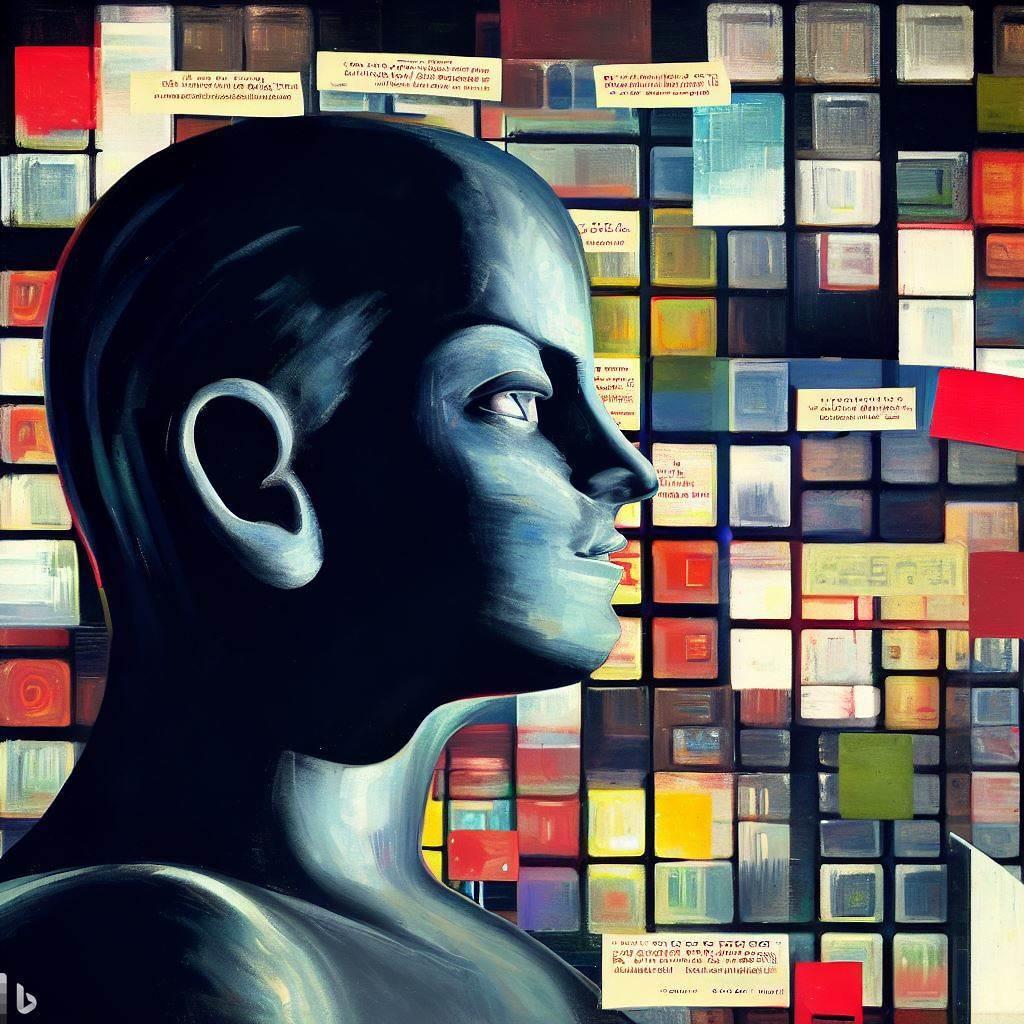
As always—the path is the goal—and we at Digital Bodhisattva would love to hear about your own thoughts, experiments and (mis)adventures in the comments or directly ([email protected])
May all beings discern with cool and balanced minds!
* A Re-Written History: How Digital Misinformation is Distorting Facts in the Philippines (IRI)
References
Bhikkhu Bodhi, translator. “Aṅguttara Nikāya: The Book of the Threes: 3.65. Kesaputtiya.” SuttaCentral. Accessed 7 June 2023: https://suttacentral.net/an3.65/en/bodhi?reference=none&highlight=false
See more
Digital Bodhisattva (Facebook)
Digital Bodhisattva (Clubhouse)
Digital Bodhisattva Initiative (Linktree)
International Network of Engaged Buddhists (INEB)
INEB (Twitter)
Related features from BDG
ChatGPT + Socially Engaged Buddhism, Part I
*enter* Digital Bodhisattva _/\_








